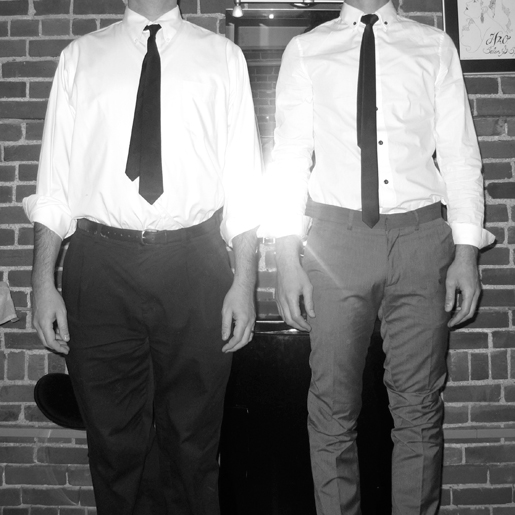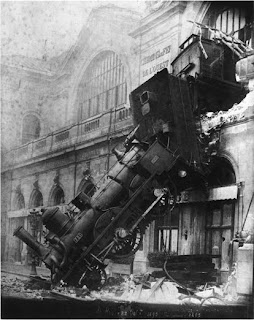Archives
- August 2023
- February 2023
- April 2019
- November 2017
- November 2015
- September 2015
- August 2015
- July 2015
- June 2015
- May 2015
- April 2015
- March 2015
- January 2015
- December 2014
- November 2014
- October 2014
- September 2014
- August 2014
- July 2014
- June 2014
- May 2014
- April 2014
- March 2014
- February 2014
- January 2014
- December 2013
- November 2013
- October 2013
- February 2013
- September 2012
- April 2012
- March 2012
- February 2012
- January 2012
- December 2011
- November 2011
- October 2011
- September 2011
- August 2011
- July 2011
- June 2011
- May 2011
- April 2011
- March 2011
- February 2011
- January 2011
- December 2010
- November 2010
- October 2010
- September 2010
- July 2010
- June 2010
- May 2010
- April 2010
- March 2010
- February 2010
- January 2010
- December 2009
- November 2009
- October 2009
- September 2009
- August 2009
- July 2009
- June 2009
- May 2009
- April 2009
- March 2009
- February 2009
- January 2009
- December 2008
- November 2008
- October 2008
- September 2008
Monthly Archives: October 2010
For this show, Ethan Madarieta and William Gillespie took turns spinning songs chosen in response to the song the other one just played, creating a spontaneous lattice of segues, transitions, connections, arguments, and intermusical references.
Listen, download, tune in, and UNDERSTAND. Here’s the playlist.


This is as much fun as we’ve ever had…so much material to fight over and argue about… Listen as we go totally off the rails.

To give the listener a unique trip, Honcho and William may have neglected album tracks which cannot, in most cases, be improved upon by David Bowie or by anybody else. Still, with nearly half a century of solid material to edit into two hours, something had to get neglected. We present David Bowie in roughly chronologic order, from 1967 through the turn of the millennium. Commentary aplenty, including a withering dissection of the Rock and Roll Hall of Fame’s latest round of draft picks. Another collaboration, with William and Cristy handling matters through the Ziggy Stardust era, and Honcho blazing on to the present.
Listen to a unique cross-section of this amazing performer.
WILLIAM’S INTRODUCTION
After “Join the Gang:” And I quote: “Crazy clothes and acid full of soul and crazy hip.” In swinging 1967 London, the 20-year-old David Bowie is trying to get caught up.
David Bowie (formerly David Jones) from 1967 through 1969 recorded a great many songs that fall somewhere between psychedelic imagination and vaudeville novelty. The composer of music is following the writer of lyrics. The music is imaginative, at times campy, and also at times startlingly sweet.
During the next decade, David Bowie’s brutal record contract required him to release two albums a year. Given both the demands of this schedule, and the fact that we’re talking about the 1970s, when the forces of bad taste conspired against rock music, this body of work stands as a remarkable, multi-faceted achievement.
Due to the depth and complexity of Bowie’s catalog, it is possible for two fans to be in love with what seem like two different musicians.
This phase of Bowie’s recording career starts in 1969, with the album Man of Words/Man of Music (later reissued as Space Oddity). This record, while retaining strong lyric writing, sense of narrative, distinct and distinct songs, feels in its arrangement more like folk than rock.
This was followed by the moody hard rock of The Man Who Sold the World, then followed by a retreat into the more sincere and orchestral piano-folk sound of Hunky Dory, and then one final advance into electric-guitar-dominated stage rock from which he would not retreat. The road from folk to glam was apparently tortuous.
I am especially fond of the Bowie before 1973. The 1972 landmark classic Rise and Fall of Ziggy Stardust and the Spiders from Mars to me marks the moment David Bowie stopped writing about his feelings and friends.
As the fans in the song “killed the man and crushed his sweet hands,” David Bowie assassinated himself, erased himself from his own work, adopting to the alienation of fame by making himself a fiction. His lyrics, remaining smart and surreal, faded from the extravagant poetry of “Quicksand” to a vernacular. While “Join the Gang” seems to mock the times, the nazz with God-given ass seems very much of their period.
Not until 1980’s “Ashes to Ashes” would Bowie write another song I can identify as autobiographical or vulnerable.
As Ziggy Stardust, Bowie became guarded, impersonal and insincere. Alienated and alien. Full of cold sex and devoid of warmth or love. He had removed himself and his friends from his writing and instead populated his stage with a series of fashion poses, for example the Thin White Duke.
He adapted, and while I haven’t found much to hook me recorded after 1980, he perseveres. But as “David Bowie,” as an ever-expanding Russian doll of poses.
As a result of a Facebook meme, I have assembled a highly personal list of 15 albums that marked decisive turning points in my taste of rock, my understanding of how I could reach it and it me, and who I was in its presence. This list goes from age 8 to roughly 40.
15 albums in order of occurrence
- beach boys endless summer
- beatles sgt. pepper
- billy joel glass houses
- duran duran rio
- joe jackson night and day
- rolling stones beggar’s banquet
- david bowie space oddity
- pink floyd the wall
- violent femmes
- soft boys the day they ate brick
- residents third reich and roll
- brian eno here come the warm jets
- captain beefheart clear spot
- they might be giants john henry
- phil ochs all the news that fits to sing
- negro problem welcome black
- dr. octagon dr. octogynocologist

On this Saturday’s Women Making Waves, Cristy focuses on re-appropriating the master’s tools: songs mostly by men covered and improved by women. Be revisionist: Listen.


